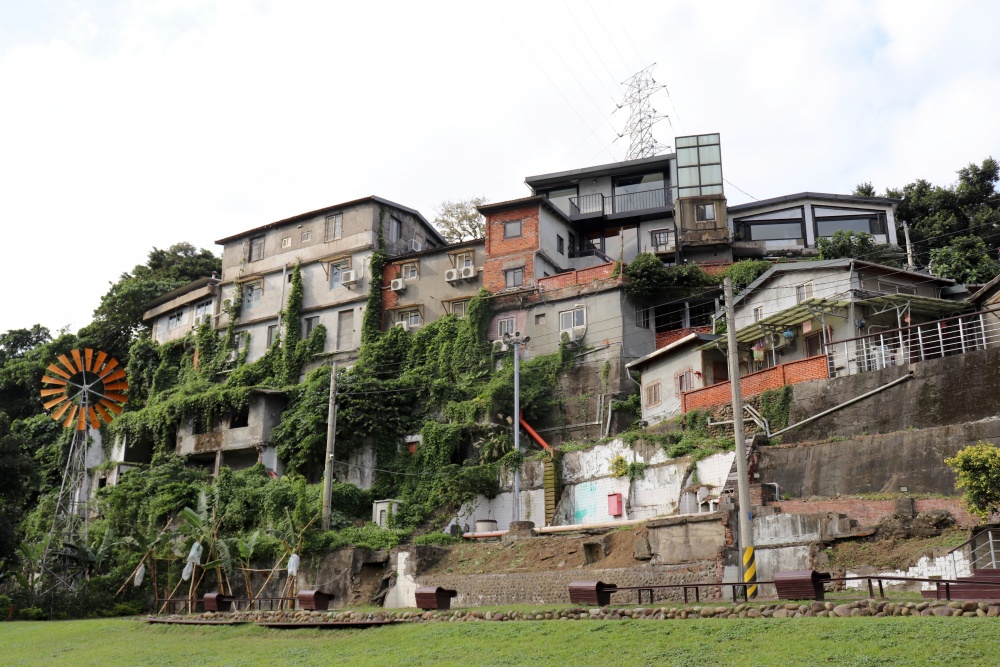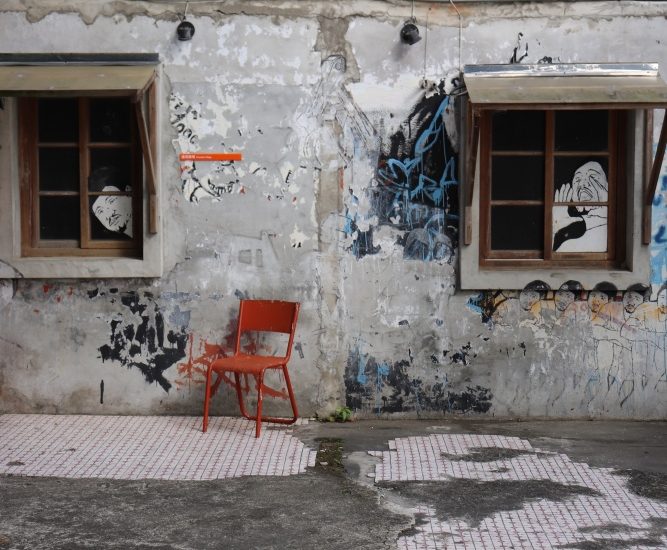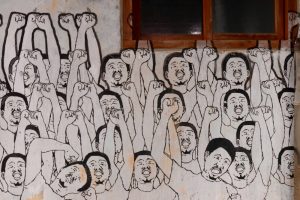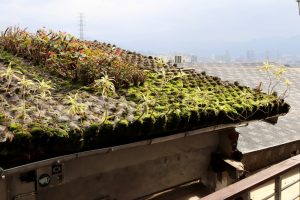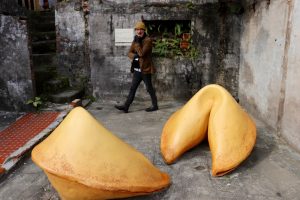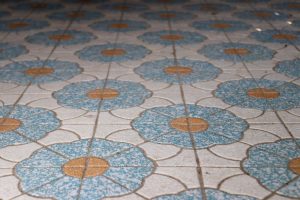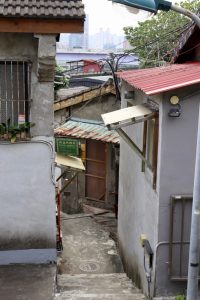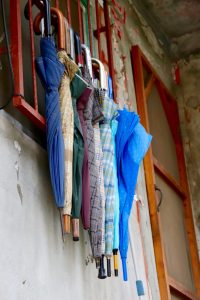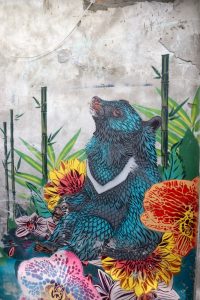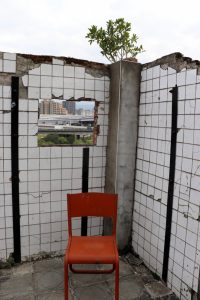This enchanting hodge podge of private residences, artist studios, cafes and temple really was a treasure. Back in the late 40s, this housing community was built to accommodate military veterans, specifically members of the Kuomintang (KMT), who had fled China. Its location was chosen strategically, next to a river for easy transport of goods along the water and on a hillside for easier spotting of unfriendly aircraft. By the 70s, most of the homes fell into disrepair as many of the original residents moved out. Cue the squatters.
Squatters lived “off the grid” in the village for a good chunk of time until someone decided to knock it down. Slated for demolition, local activists protested and caught the attention of the Cultural Affairs Office, who realized what a gem the city was sitting on. The squatters sadly lost their homes while the village underwent restoration and morphed into a new vision of urban housing accommodating 14 artists-in-residence and old KMT veterans, embracing the fusion of the old and new and using eco-friendly methods in construction and local farming. There’s even a youth hostel on site, which I would seriously consider if I were in my 20s and visiting Taipei.
Philip and I loved the Escher-like architecture of the village, designed to encourage community living and interactions between residents rather than making one feel lost. It seemed that every turn around a corner or landing of a staircase would place you in view of another neighbor’s backyard or suddenly on someone’s front stoop. I know, you suburbanites out there are probably horrified by this, but I guess if you really got on with your neighbors, then it’d be great. Not to mention this would be a pretty ‘epic’ (as Jules would say) spot for a hide-and-seek game.
‘Treasure’ really is a good word for this place, since we could have spent an entire day here just enjoying the different art work, finding random nooks and savoring the leisure of a good wander.
